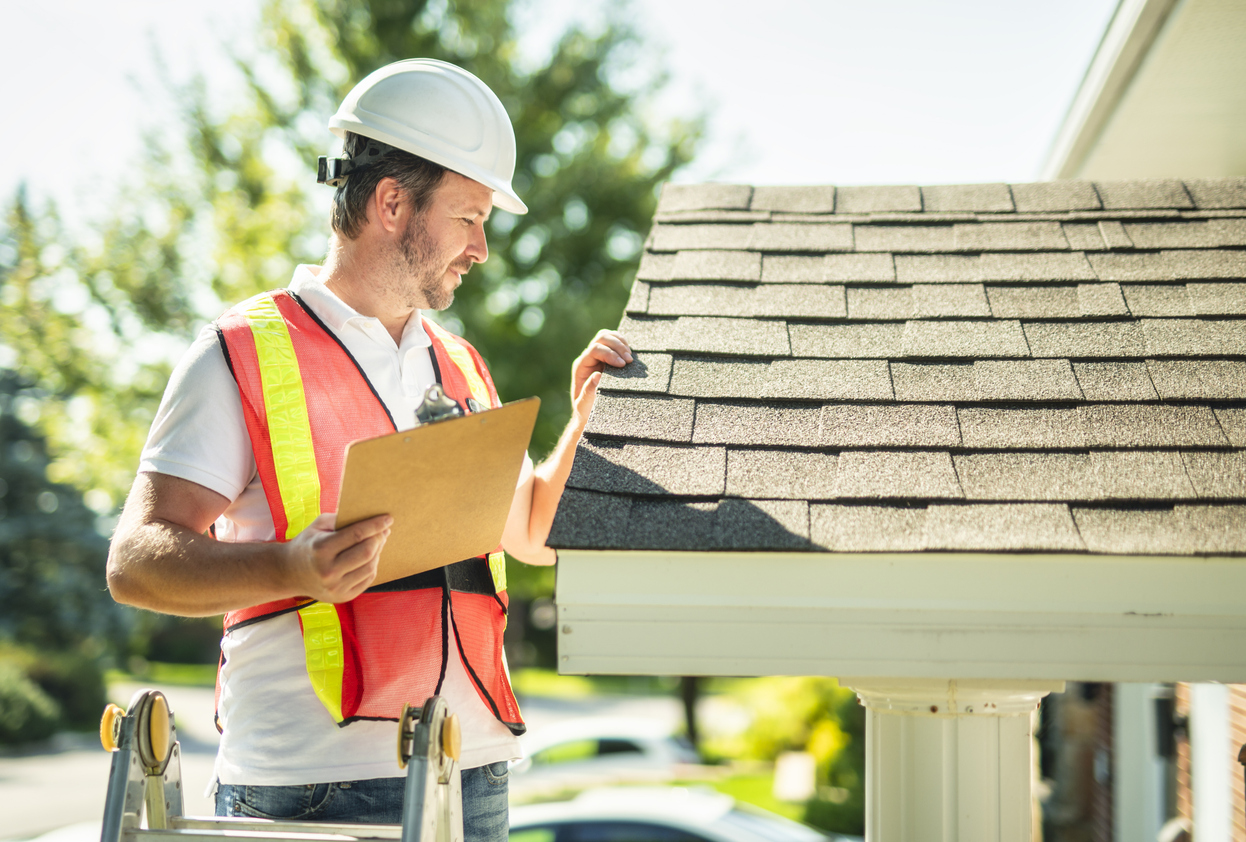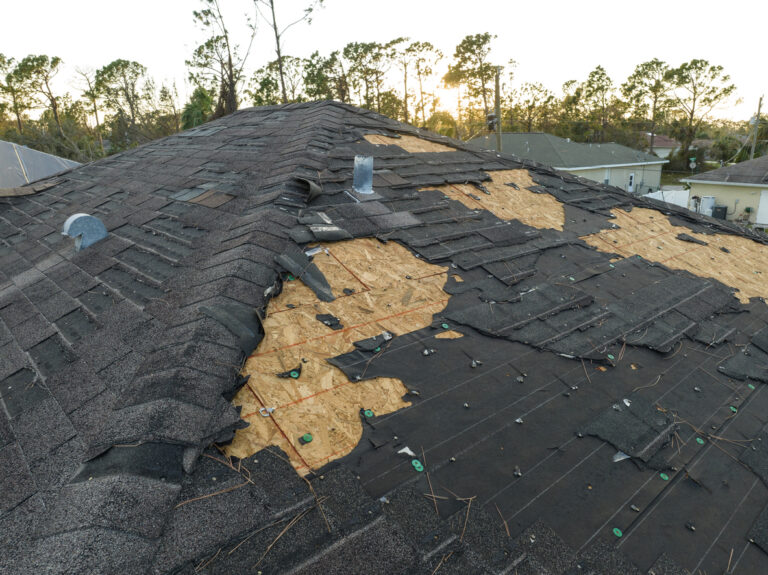Texas sees frequent severe storms and long heat waves. A new survey shows 87% of millennial homeowners have unfinished repairs, and 84% are delaying them—problems that get more expensive here because hail and heat amplify small defects.
Why this hits harder in Texas
- Hail is common—and it compounds delays. NOAA/III data show Texas had the most hail events in 2024, keeping roofs, skylights, and window seals under constant stress. Delay a small fix and you risk water intrusion on the next cell.
- Heat + expansive clays don’t forgive. Texas’ shrink-swell soils and extreme heat magnify foundation and plumbing movement. Small cracks and leaks rarely stay small when you wait.
Bottom line: in Texas, an “I’ll get to it” repair often turns into an insurance claim—or a bigger out-of-pocket job.
The backlog by the numbers (and what it really means)
- 87% of millennial homeowners report unfinished repairs right now.
- 84% say they’re delaying those fixes.
- That backlog tends to cluster in “silent damage” items—roof sealant, flashing, caulk, guttering, HVAC tune-ups—where a few months of Texas weather multiplies the cost.
Triage: what to finish first

New to prioritizing? See this Texas maintenance checklist for what to tackle first:
- Water entry points
- Roof: missing/curled shingles, lifted flashing, punctures after hail.
- Walls & openings: failed window/door caulk, cracked stucco/brick mortar, gaps at utility penetrations.
- Why now: Water + 24–48 hours = mold risk and swollen materials. Costs jump if you wait.
- Drainage & foundation
- Clean gutters; extend downspouts; fix negative grading toward the slab.
- Why now: Consistent moisture around expansive clays reduces slab movement.
- HVAC under Texas loads
- Change filters; clear the outdoor unit; schedule a tune-up before peak heat.
- Why now: Long run-times in summer punish neglected systems and spike bills.
- Roof & exterior checks after every storm
- Walk the perimeter, photo the roof from the ground, check the attic for fresh stains, and book an inspection if anything looks off.
- Why now: Hail is common in Texas—do a quick roof and attic check after every major storm.
A two-week plan to clear the pile
Week 1: Find + prep
- Make a 3-line list: (A) Water, (B) Safety/structural, (C) Comfort/efficiency.
- Buy consumables (exterior-grade caulk, backer rod, weatherstripping, gutter screws, filter). Label your main water shutoff.
Week 2: Finish + document
- Knock out all A-items first (sealants, guttering, obvious roof patches—pros for anything beyond minor).
- Tackle B-items you can safely complete, then book a pro for the rest.
- Photo “after” shots; save receipts—this helps with future claims and resale.
When to stop DIY and call a pro—now, not later
- Active leaks, soft decking, or interior staining after a storm
- Foundation cracks that widen, doors that suddenly stick across rooms
- HVAC short-cycling, coil ice-up, or breaker trips
- Electrical arcing/odor, spongy subfloors, or anything you’re unsure about
Need a quick sanity check on scope or price? Ask a pro at letsaskjack.com, then book vetted Texas trades to finish the job before it grows.
Quick facts
- 87% of millennial homeowners have unfinished repairs; 84% are delaying them.
- Texas had the most hail events in 2024—small exterior problems turn into big ones fast here.
- Expansive clay soils in Texas make consistent drainage and timely crack repairs essential—waiting compounds movement and costs.
The takeaway
The backlog is normal. Letting it linger in Texas isn’t. Finish the water-and-weather items first, schedule what’s beyond DIY, and keep receipts and photos. Your house—and your future budget—will thank you.


